How to Color Match Car Paint, Fix Car Scratches and Look Like it Was Done by the Pros
Everyone has different reasons for the scratches on their vehicles. Maybe they bought it that way. Perhaps, their spouse took the car to run errands and came back with a little less paint than they left with. Your car’s paint might have found its demise in a parking lot or maybe it was a simple mistake on your part the last time you were driving. What about you? How did you end up in the position to need to do some DIY automotive scratch repair?
This is a part of the process of owning a vehicle. Regardless of how the scratches got there, the reality of the situation is that if you don’t want to take your car to a dealer or body shop to get it fixed, the responsibility falls on you. If you have never done any bodywork on your vehicle, it can be a little nerve-racking… but it doesn’t need to be.
All it takes is the right knowledge as well as the right products and little elbow grease. If you follow these steps you will go from searching “How to fix car scratch?” to looking at a flawless paint job in no time. So, where do you start?
What Kind of Scratch Repair Are You Performing?
Not all cars are created equal and neither are all scratches. That is why it is important to know what type of scratch repair you are performing. Does it look like your car had a bad run-in with a kitten or did it get attacked by a grizzly? The answer to these questions will determine how you approach the scratches as well as the products you need to get the job done right.
Not all cars are created equal and neither are all scratches. That is why it is important to know what type of scratch repair you are performing. Does it look like your car had a bad run-in with a kitten or did it get attacked by a grizzly? The answer to these questions will determine how you approach the scratches as well as the products you need to get the job done right.
- Body Panel: This is the actual metal panel of your car. This is the very base layer upon which you paint.
- Primer: The primer is the very first layer of paint that sits directly on the body, preparing the surface for the paint.
- Base Layer: This is the main layer of paint that gives your vehicle its color.
- Clear Coat: This is the thickest layer of paint, as well as the easiest layer to repair. This layer protects the paint and gives the paint its gloss finish.
A clear coat is the easiest type of scratch repair to perform because you do not need to use any paint. A clear coat scratch only requires sandpaper, polish, wax, tape and a microfiber towel. There are great videos available online to follow along and help as you do the scratch repair.
Follow these steps to do a clear coat scratch repair.
- Place masking tape 1” above and below the scratch. The tape should be the same length as the scratch.
- Use 3000-grit sandpaper and sand perpendicular to the scratch until you can no longer see the scratch. Use soapy water and a microfiber cloth to wash the surface to see if you can still see the scratch.
- Move the tape 1.5” higher and lower than they previously were sitting.
- Take the 5000-grit sandpaper and sand between the tape lines again.
- At this point, you shouldn’t see any of the scratches. It should only be a cloudy spot.
- Use the polish and your microfiber cloth and buff the surface. You can do this process 2-3 times if necessary.
- Use the wax to apply a final coat of protection.
- Voila! You have successfully fixed a clear coat scratch.
A base coat scratch is more challenging and time-consuming. For a body shop quality finish, you will want to go to a body shop. However, the DIY repair can be almost as good as a body shop finish but for a fraction of the cost.
Follow these steps do a base layer scratch repair.
- Depending on the size of the scratch, you will have to decide if you want to use a paint pen or spray paint. For smaller scratches, the paint pen may be the better option. For larger scratches, using spray paint will give you a more even and professional looking finish than the paint pen. These instructions will assume you are using spray paint to fix the damage.
- Protect the areas around where you will be painting. This means using body shop grade masking tape and protective paper. Protect everything you do not want to get paint on, including handles, mirrors, trim or anything else that shouldn’t get painted. Do not make your tape lines very close to your scratch. You will need room to feather in the paint and if you have tape lines too close, they will create a distinct line in the finished paint that you will see.
- Before sanding or painting, make sure to use the necessary safety equipment. This includes gloves, a paint-rated respirator mask and eye protection.
- Use a sander or sandpaper (100 grit) to sand down the area of the scratch. Remove any chipped paint if there is any. You should also scuff the area immediately surrounding the scratch.
- Clean the area. Use a grease and wax remover to fully clean the entire surface you are working on. Failing to do this will lead to the paint not adhering properly.
- Use a tack cloth to ensure the surface is ready for paint.
- Get used to the spray paint! Make sure to practice on a surface that is not your car. Get a feel for the level of spray, the distance you should spray from and check the drying time. Use this opportunity to make sure that your automotive touch-up paint is a proper color match. Car paint being the right match is critical to a proper repair.
- Spray your primer. Apply one layer, misting in on the area, just enough to get the area tacky. Next, apply the primer in even layers across your scratch.
- Wet sand the primer using 600 grit sandpaper to prepare it for the base coat. Make sure the surface is dry before moving on to the next step.
- Apply the base coat. With your car touch up paint, the first layer should be misted on, making the surface tacky. Next, you can apply your other coats in light, even layers. Don’t get too close because you will create paint runs. If this happens, wait till it is dry, use 1000 grit sandpaper to sand the paint runs. After this you can resume painting in light, even layers until the paint color matches the rest of the car.
- Once everything is dry, you can apply the clear coat. Spray on the clear coat in light, even layers. Normally, 2 layers are enough. Wait overnight before moving on to the next step.
- Remove the protective paper and tape.
- Use a polishing rubbing compound to add a protective layer and buff out any imperfections in your new paint.
- Use a wax rubbing compound to put a final layer of protection and a final gloss layer.
What Are the Products You Will Need for Your Scratch Repair?
See? The process isn’t so complex that you couldn’t do it yourself and the cost savings are significant enough to make it worth your while. Once you know the type of scratch you are repairing and the process to follow to do the scratch repair, you need to gather your supplies.
What are the supplies necessary to properly fix car scratches on your vehicle?
- Body shop grade masking tape
- Protective paper
- The proper grit of sandpaper
- Tack cloth
- Microfiber cloth
- Grease and wax remover
- Paint pen (if that is the right option for the repair)
- Primer spray paint
- Baselayer spray paint (OEM color spray paint)
- Clear coat spray paint
- Rubbing compound
- Wax
What Safety Equipment Should You Use?
Doing your own scratch repairs is well worth it… as long as you don’t hurt yourself in the process. If you are going to be tackling the repairs yourself, you need to make sure that you are taking the necessary precautions. Make sure that you have this protective equipment when you are doing any type of paint repair.
How Do You Properly Color Match Car Paint?
When buying automotive touch-up paint, it is critical that you properly color match the car paint. If you use the wrong shade of car touch up paint, you end up with a panel that looks worse after the repair than it did before. How do you avoid this mistake?
TheTouchUpShop.com has an easy-to-use, hassle-free tool on our site that allows you to browse through the entire OEM color spray paint collection. The beautiful thing is that with OEM color spray paint, all you need is the paint code for your vehicle. By following the instructions at TheTouchUpShop.com, you can easily find the paint code on your car.
Once you find the code, order your paint and wait for your products to arrive. When it comes to automotive touch-up paint, there is no better product than OEM color spray paint. They are exact matches to your vehicles original color codes, giving you the best possible chance at a near-perfect finished product. Fixing car scratches has never been so simple!
There you have it. With the right products, a few simple instructions and a little determination, you can perform your scratch repairs in the comfort of your own home.


Share:
How to find your paint locations
Doing DIY Car Paint Repairs